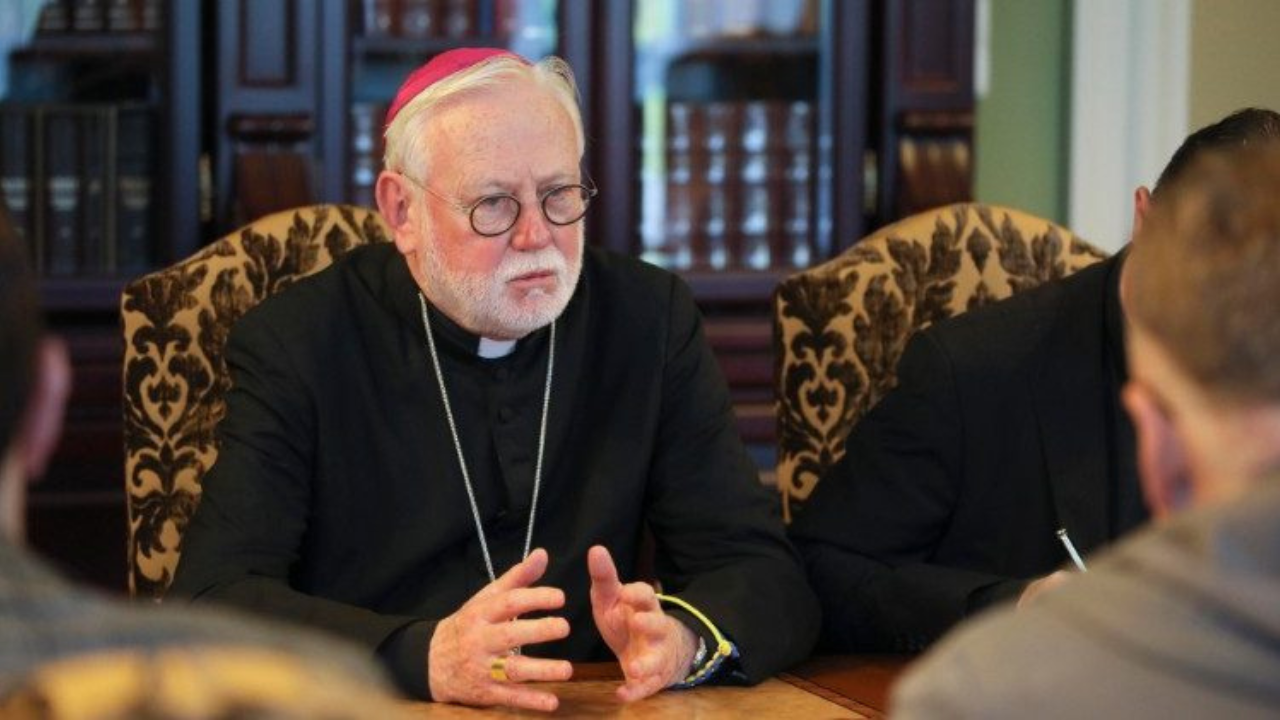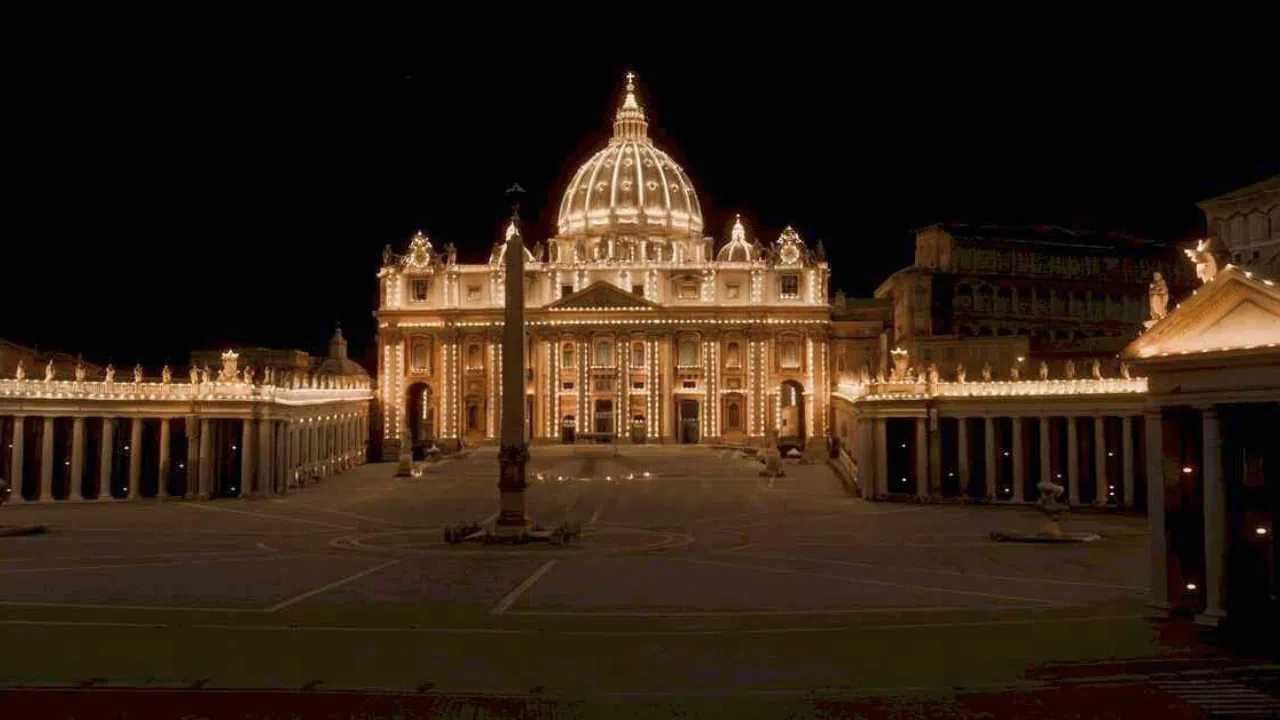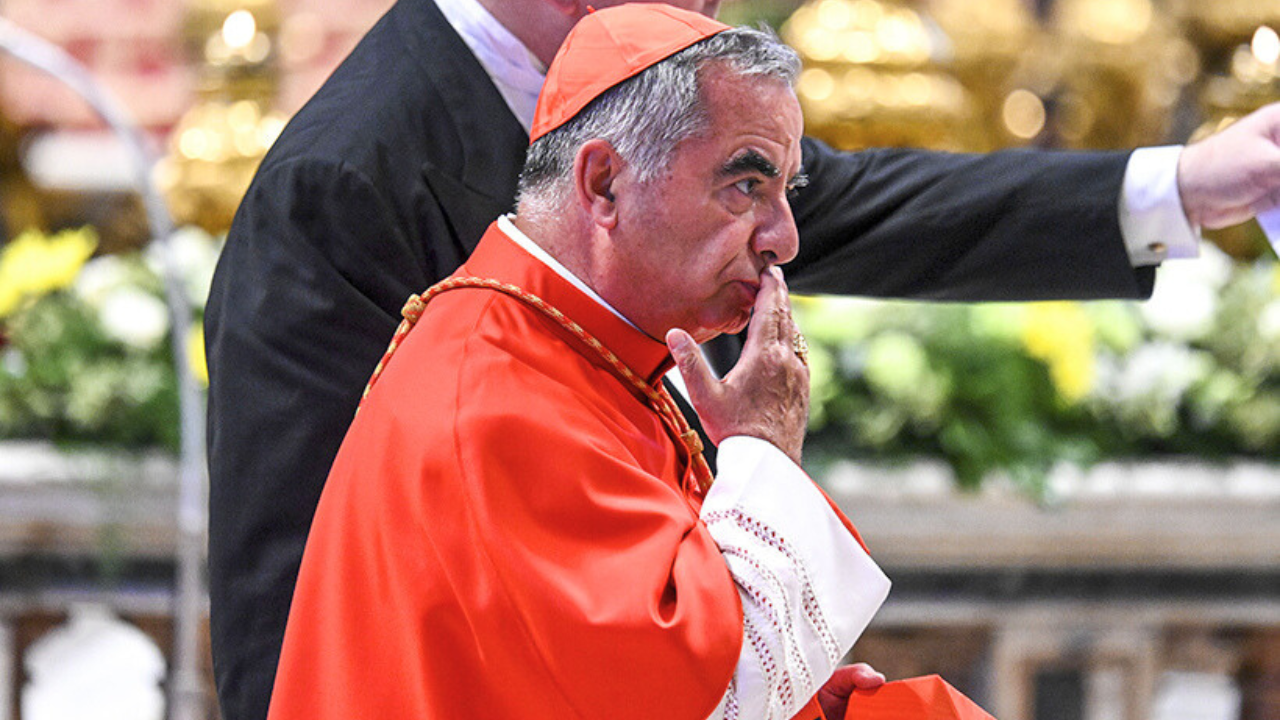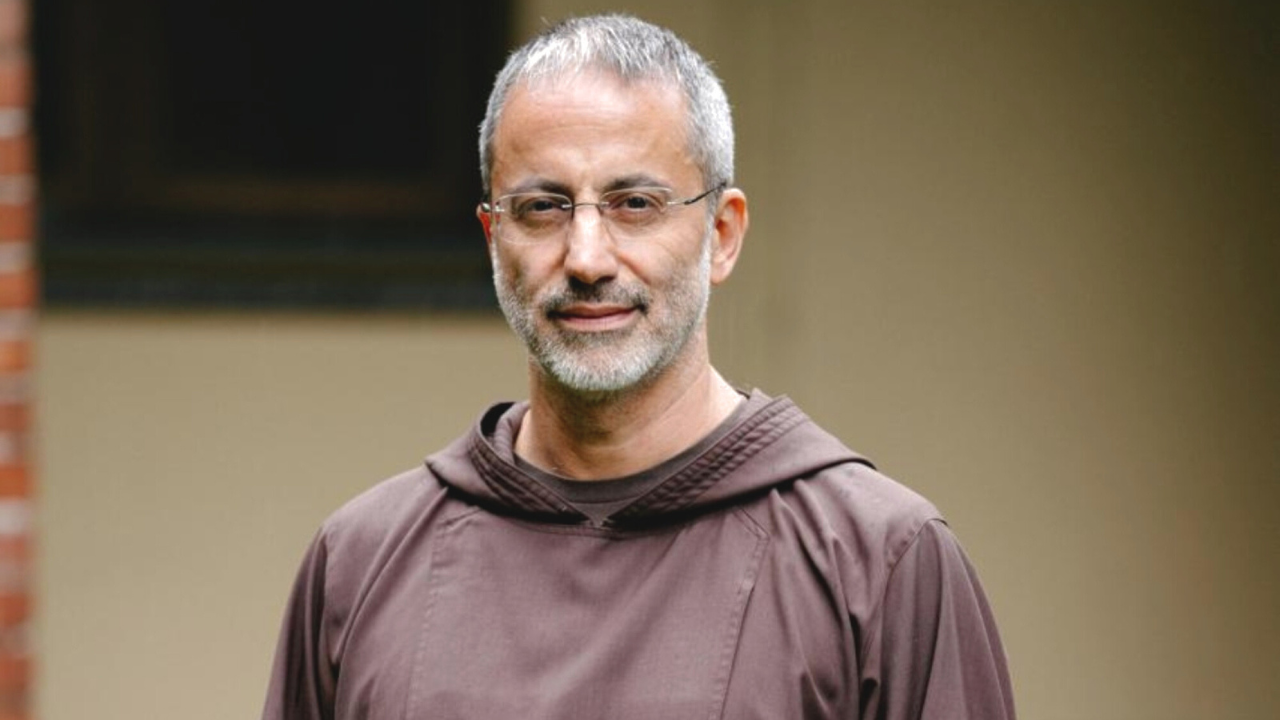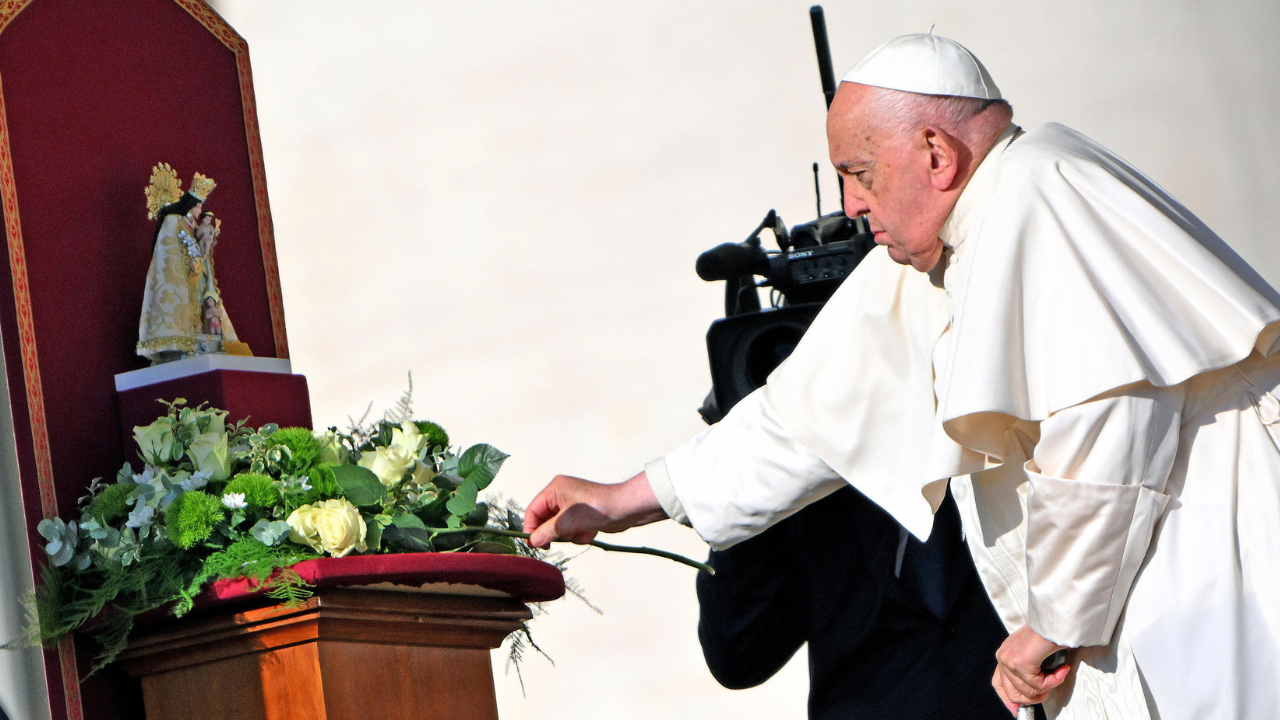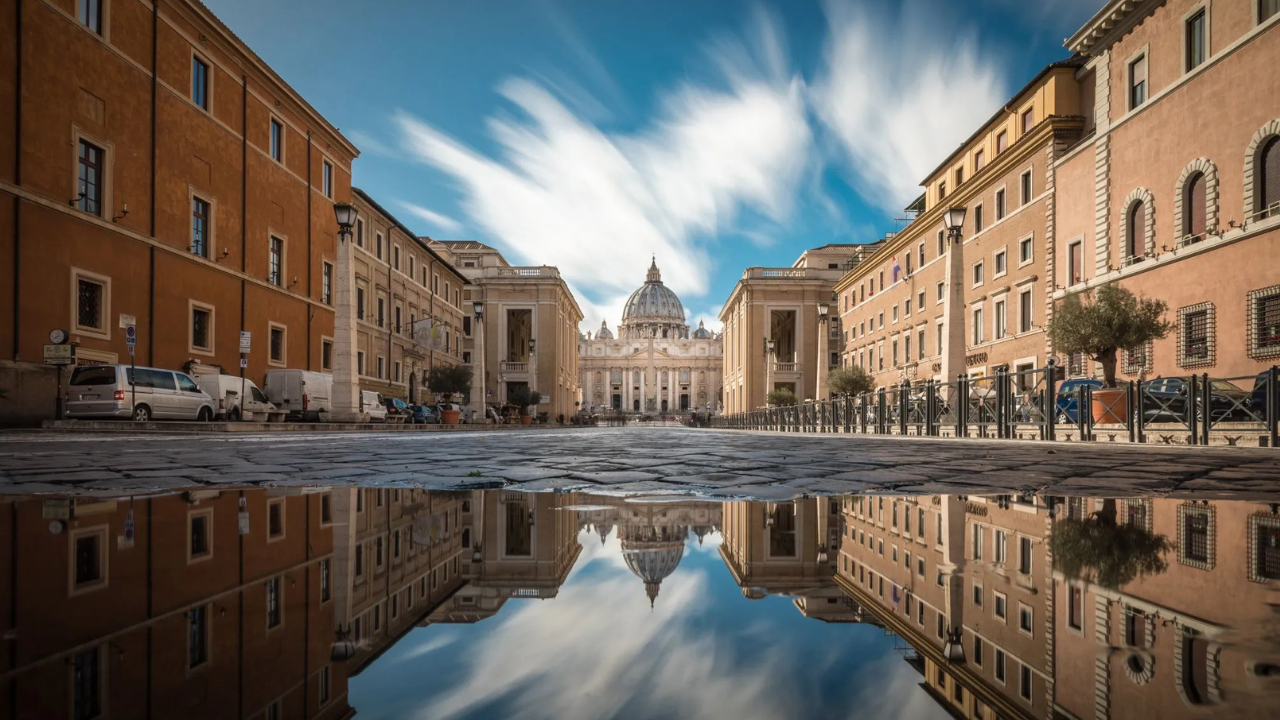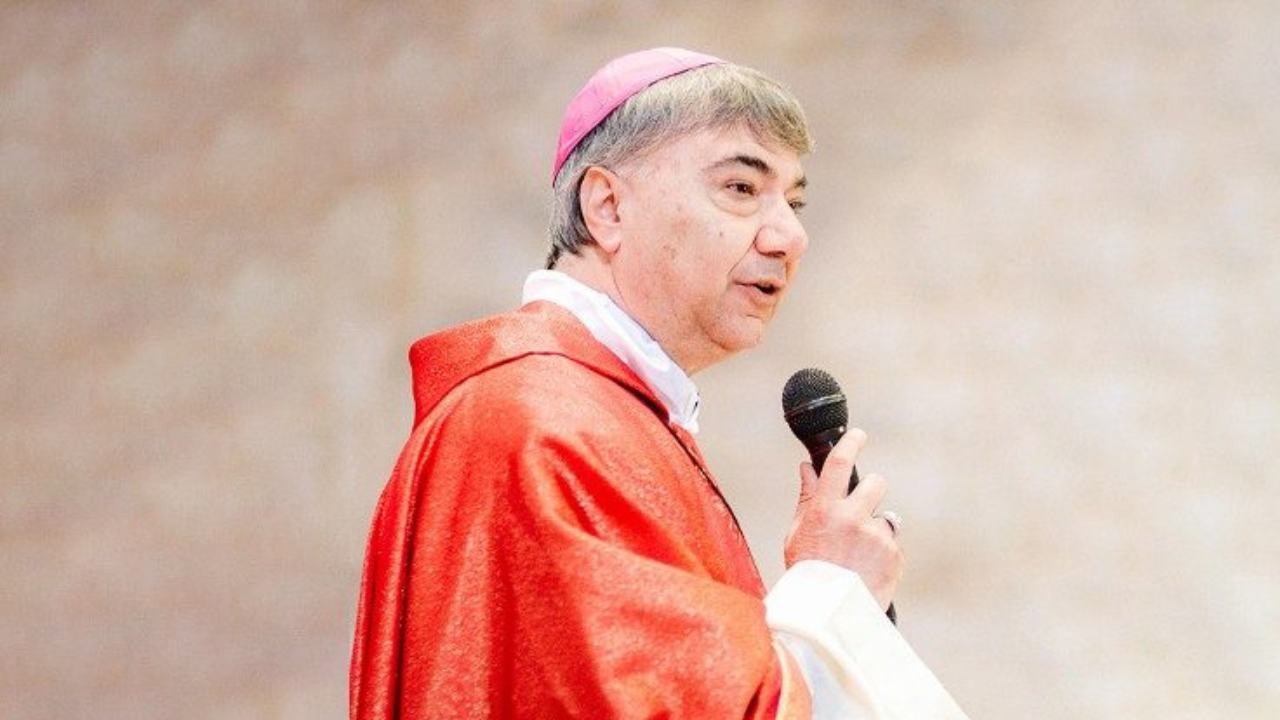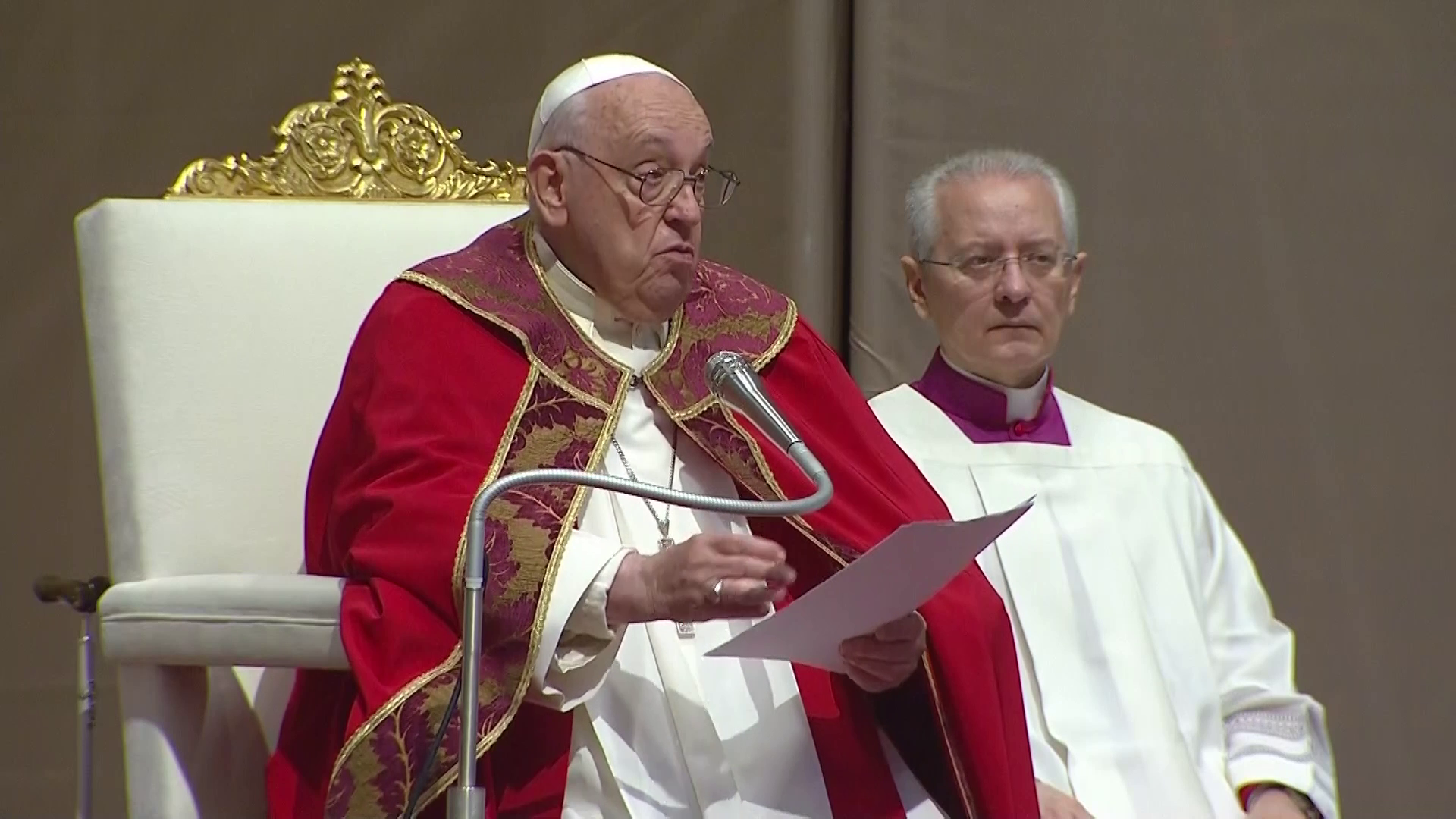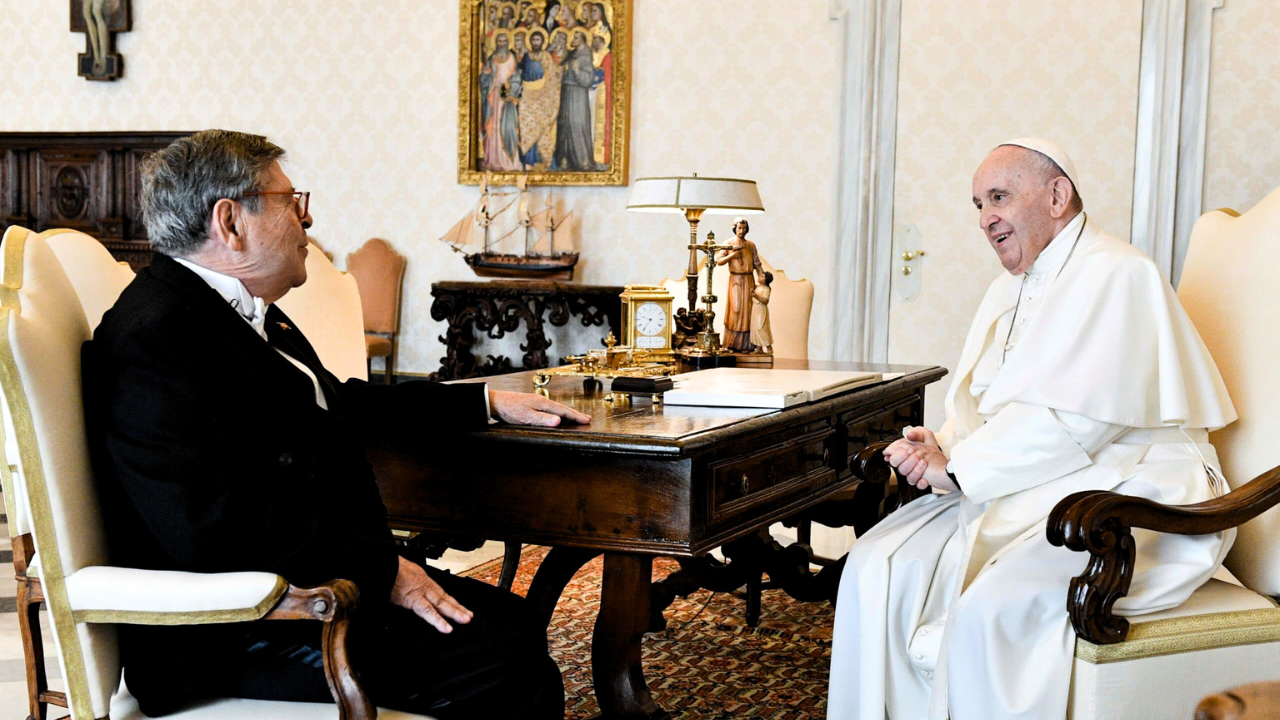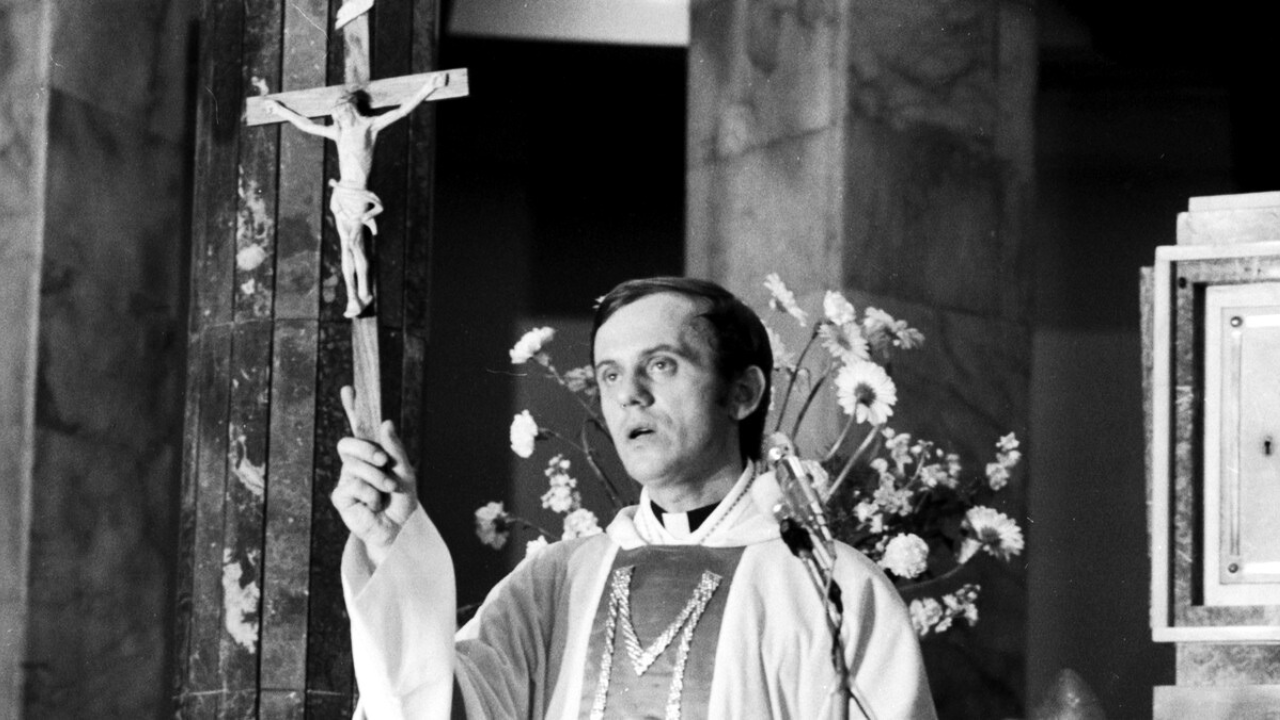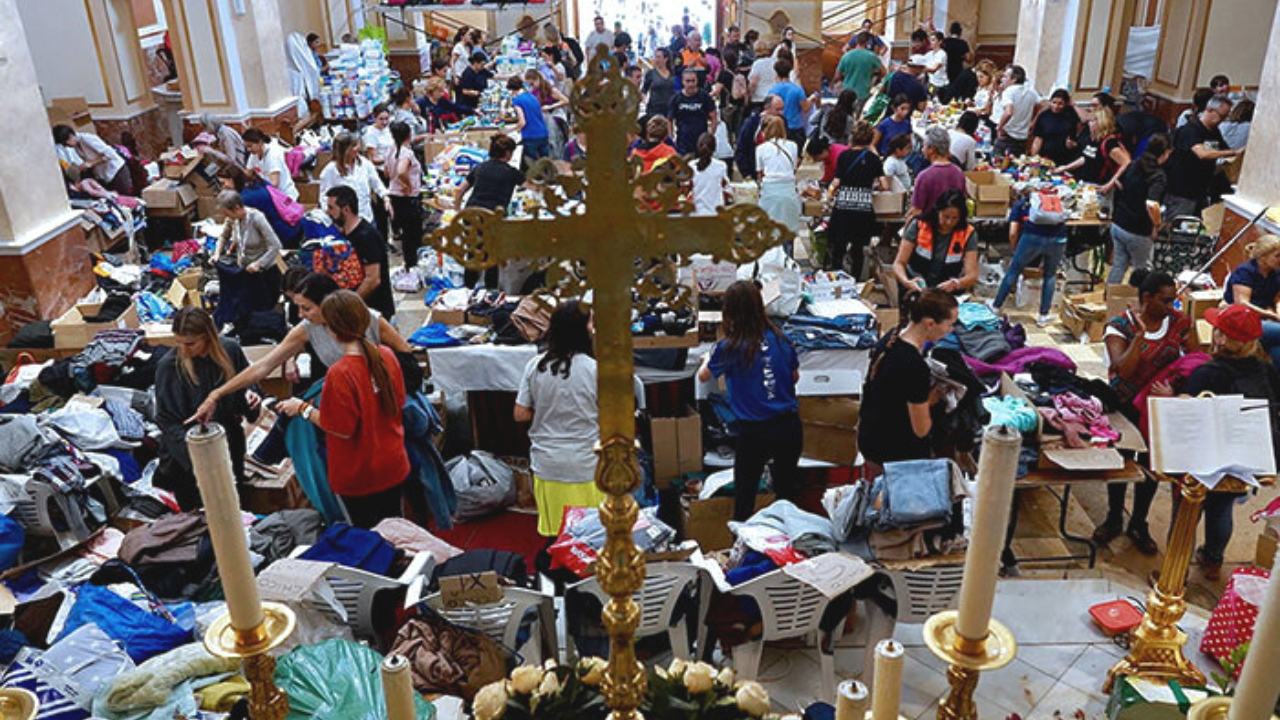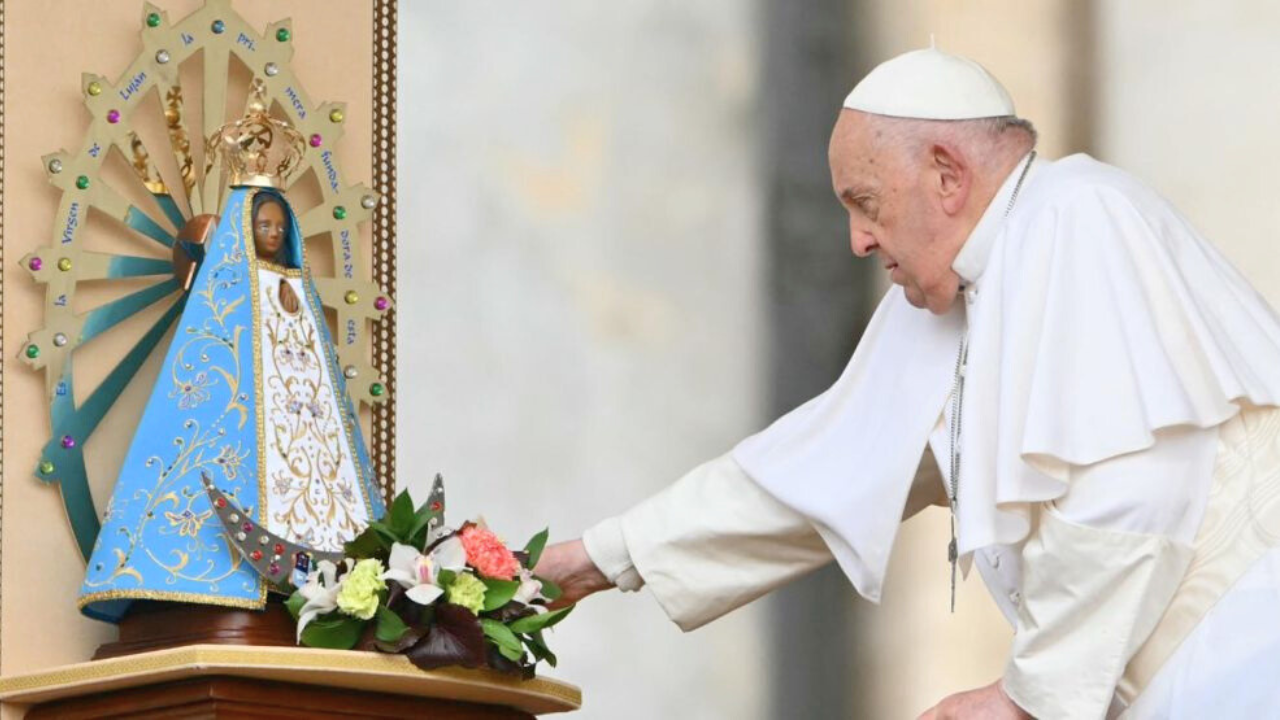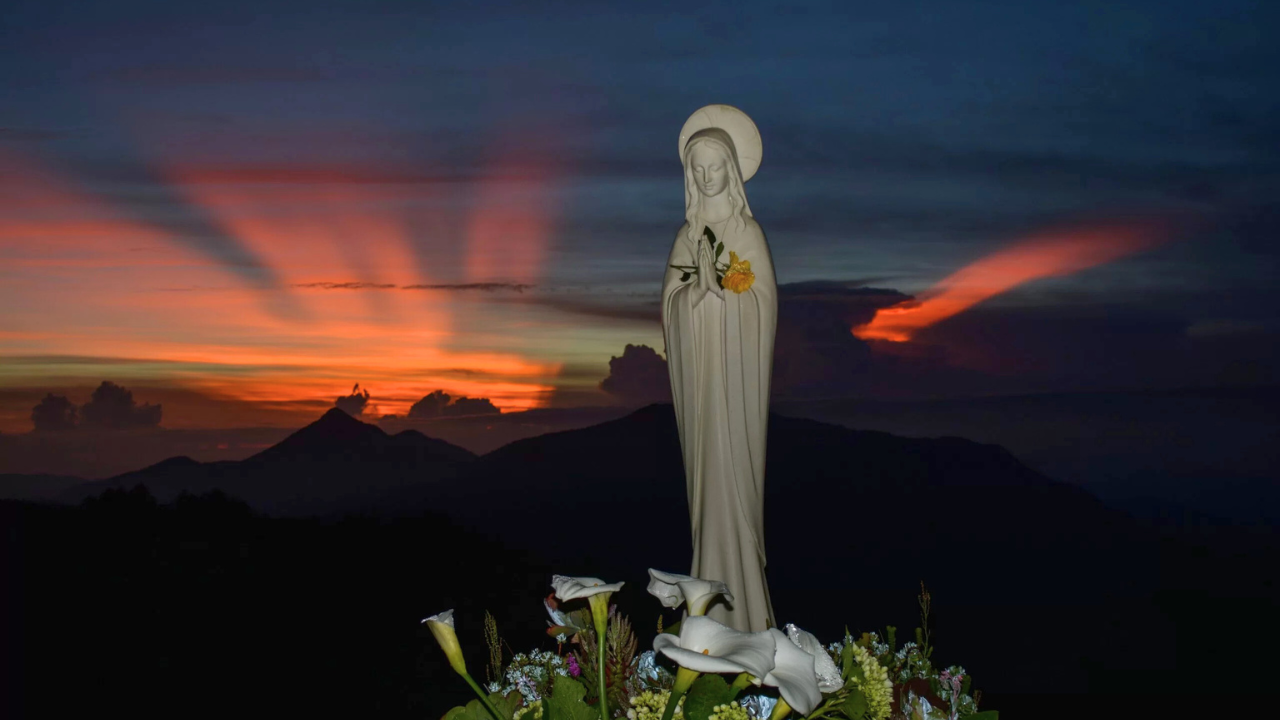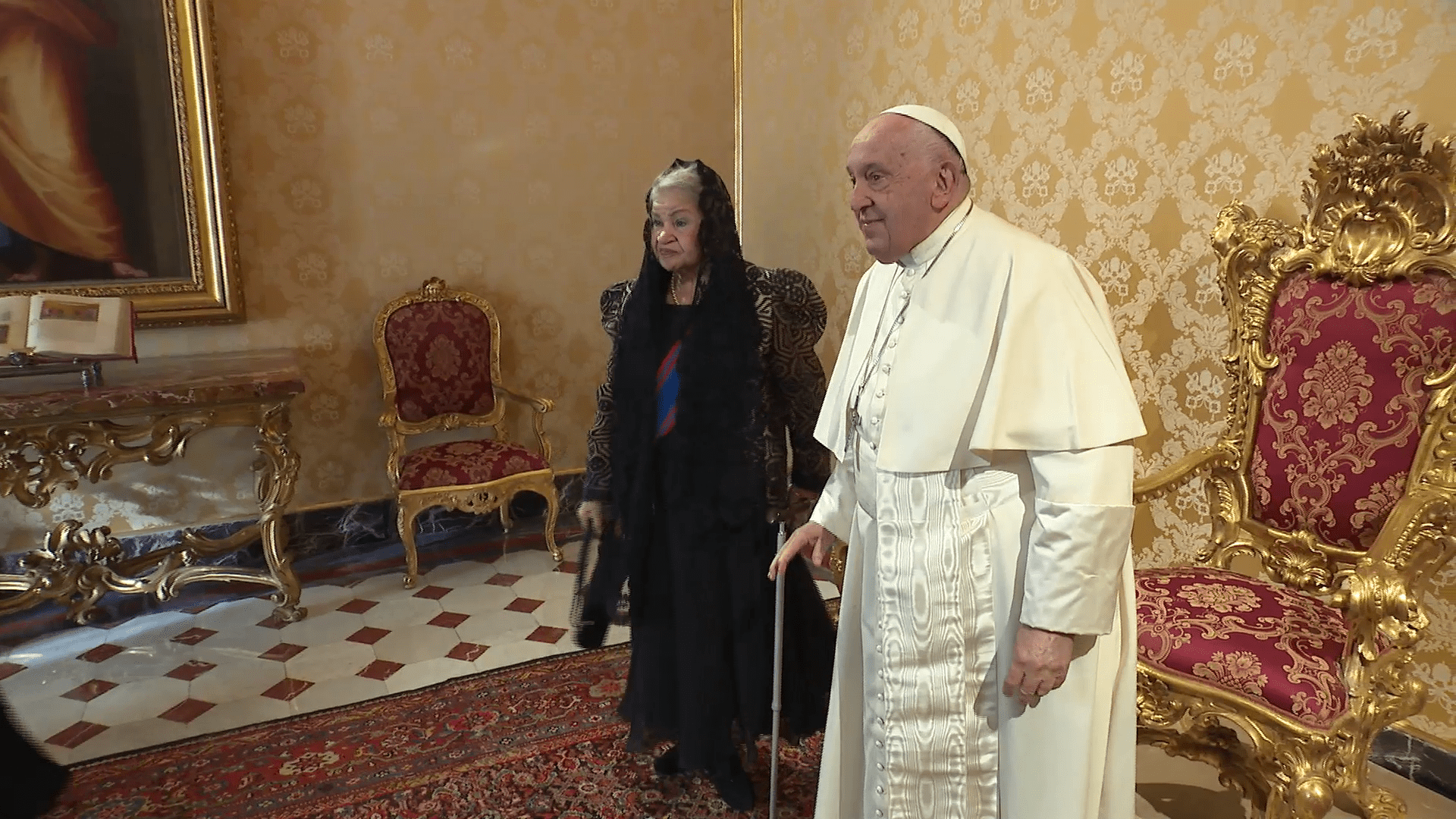It has been 90 years since the Lateran Treaty was signed. This is important because 100 years ago the relationship between the Italian government and Holy See was tense. In 1870, Italian authorities attacked the Papal States.
Additionally, the Catholic Church was not allowed to take part in peace treaties after WWI. The pope did not appear in public and Catholics could not work in public institutions.
However, as a way to end this conflict, on Feb. 11, 1929 Pope Pius XI and King Vittorio Emanuele sent their representatives, Card. Pietro Gasparri and Italian Prime Minister Benito Mussolini to sign the Lateran Treaty.
Thus, after 40 years of tension, the Holy See recovered its rights and its own territory in Rome. The pope was no longer seen as a “resident” in the country.
MATTEO NACCI
Professor, History of Law and Legal Culture
“This symbolically ended the tensions between the two states. I cannot talk about a war, as there wasn't one really. However, there were tensions and this is the reason why there was a conciliation.”
The Lateran Treaty helped the Church protect people persecuted by the Nazis during WWII. This was because they could welcome them into their territories in Rome, such as the Basilica of St. John Lateran and Castel Gandolfo.
Additionally, it has enabled the Church in Italy to help millions of people through religious organizations such as Caritas, which provides support to the most needy.
MSGR. BERNARD ARDURA
Pontifical Committee for Historical Sciences
“The Lateran Treaty enabled the Holy See to play an important role internationally through its work with supranational institutions. For example, their work with the UN and other agencies in Rome such as FAO. Additionally, in Paris we are in collaboration with UNESCO and with other organizations in Geneva.”
The autonomy granted by the Lateran Treaty also made it possible for great events such as the Second Vatican Council to take place in 1962. These historic moments have allowed the Holy See to make important decisions at the service of the common good.
MSGR. BERNARD ARDURA
Pontifical Committee for Historical Sciences
“The Lateran Treaty was an extraordinary moment, beneficial both for the Holy See and Italy.”
As a result, the great avenue leading to the Vatican, Via della Conciliazione, is symbolic for this union. It was constructed by Mussolini to show the positive relationship between the Vatican and the city of Rome.
